If you ask history buffs to name a movie that best shows the realities of submarine warfare during World War II, the majority will say 1981’s Das Boot. The popular German film centers around a U-boat crew fighting the Allies during the Battle of the Atlantic, a years-long military campaign that played host to some of the most devastating warfare of the conflict.
Since its release, Das Boot has gained a cult following, and we thought it was about time we shared some of our favorite facts about the movie with our readers! How many did you know?
Based on Lothar-Günther Buchheim’s wartime experiences

We’re starting off our list of Das Boot facts with one the majority of fans know (we have to get the obvious items out of the way).
The film is based on the novel of the same name by Lothar-Günther Buchheim, who’d written the book about his own experiences aboard U-96 during the Second World War. He was working as a war correspondent in the Kriegsmarine‘s propaganda unit and had been tasked with describing and photographing the U-boat in action. For his writings, he was awarded the Knights Cross with oak leaves.
A darker ending than in real life
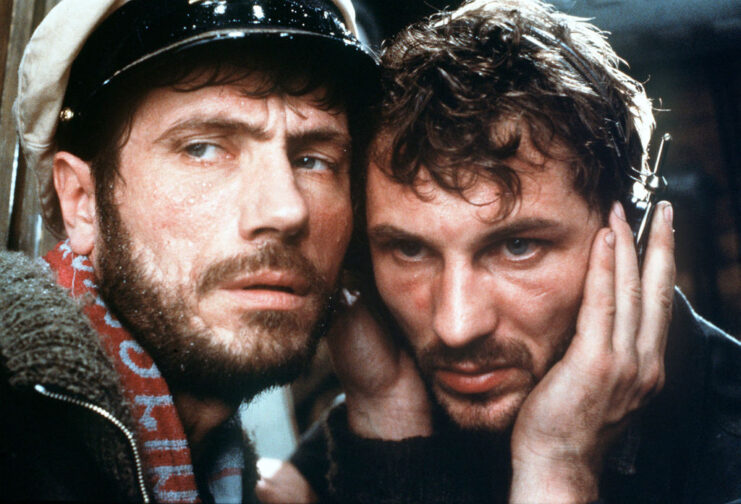
*WARNING: SPOILERS AHEAD*
Das Boot ends in tragedy, with the majority of the crew either dying or being injured in an Allied air raid that takes place soon after they return to port. In reality, while U-96 was sunk by the Allies, this occurred following her decommissioning, while she was berthed in Wilhelmshaven.
A hefty price tag

This fact probably comes as no surprise to anyone who’s watched Das Boot, but we decided to include it anyway. At the time, the film was the most expensive German production ever, with a price tag of 32 million Deutsche Mark. It was easily able to make up the high cost, thanks to it receiving the widest opening to ever occur in West Germany.
Building life-sized replicas of a Type VIIC U-boat
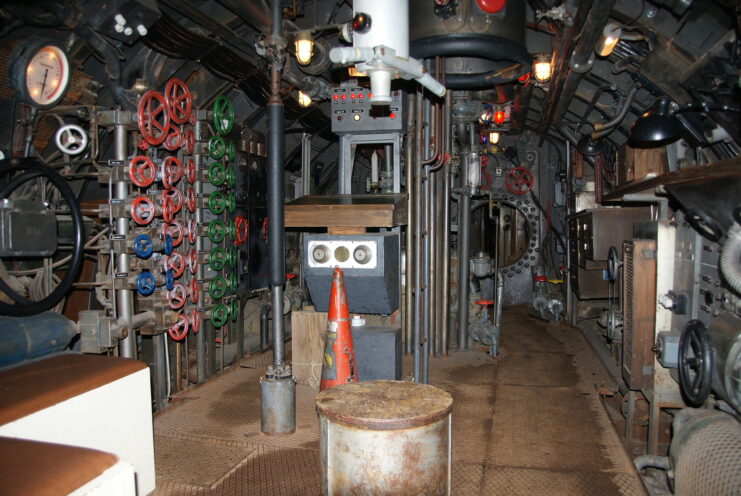
Now, you’re probably wondering, why did Das Boot cost so much to film? Well, the majority of the budget was spent building two life-sized replicas of a Type VIIC U-boat: one for interior scenes and the other for use outdoors.
Based on plans provided by the Museum of Science and Industry in Illinois, Chicago, the mock-ups were put together by the original builder of the vessels, ensuring the utmost quality and accuracy.
Steven Spielberg and Raiders of the Lost Ark (1981)

What are the odds that one of the U-boat replicas would appear in more than one movie?!
As it turns out, Steven Spielberg actually rented the one designed for outdoor filming, for use in Raiders of the Lost Ark (1981), the first film in his Indiana Jones series. What’s funny is that no one had informed the crew of the arrangement, meaning they arrived on set one day to find the vessel missing – imagine the panic that must have set in!
Securing six Oscar nominations
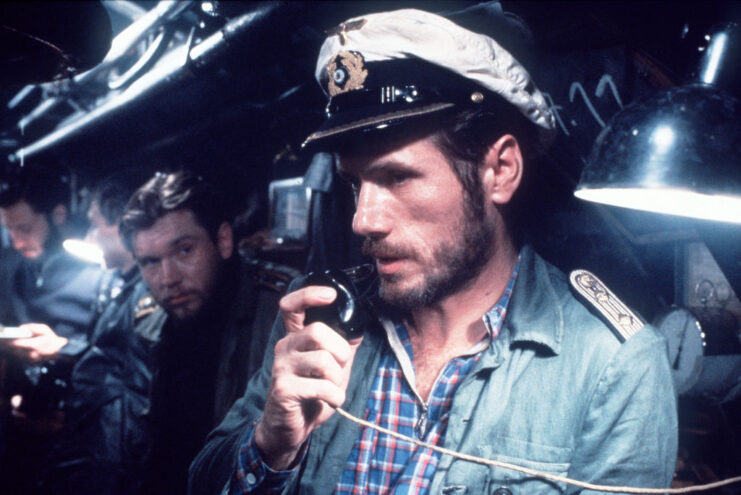
While’s it’s not all that surprising for an American film receive several Oscar nominations during awards season, the same can’t usually be said for foreign productions. That’s why it was a big deal when Das Boot received six at the 55th Academy Awards:
- Best Director
- Best Sound
- Best Screenplay – Based on Material from Another Medium
- Best Sound Effects Editing
- Best Cinematography
- Best Film Editing
While the movie didn’t end up winning any of the categories it was nominated for, the fact it was in the running was a big deal.
Why were the actors so pale?
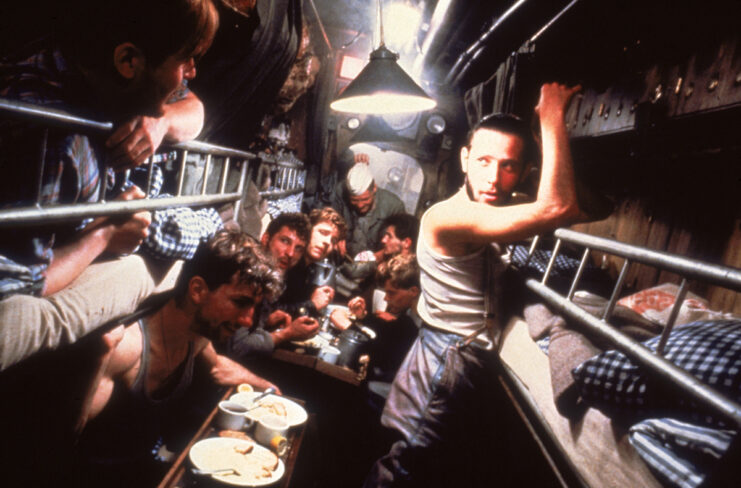
If you pay close attention while watching Das Boot, then you’ll notice that the actors appear incredibly pale. While the majority of productions would have achieved this look with make-up, that wasn’t the case for the 1981 film. To give the appearance the actors had actually spent time living in a U-boat, they were kept inside as much as possible, away from the sun.
Take a closer look at the actors’ beards

Similarly, makeup and faux hair weren’t used on the actors’ beards. To ensure their growth appeared natural, the scenes were shot in order, meaning audiences were actually watching each man’s beard and hair grow in real time.
Robert Redford as Leutnant Werner? It could have been!
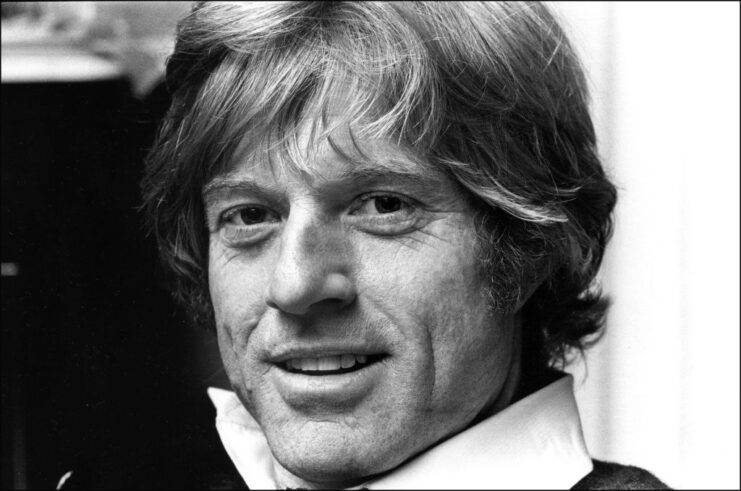
There’s nothing about the casting of Das Boot that we’d change. However, upon learning that Robert Redford was actually up for consideration, we’ve been wondering who else could have potentially been cast in the film.
Prior to the movie entering production, it had been shopped around to various American directors, and Redford was considered for the role of Leutnant Werner. No offense to the famed actor, but we’re glad Herbert Grönemeyer wound up with the part – he played it well!
What did Lothar-Günther Buchheim think of the final product?
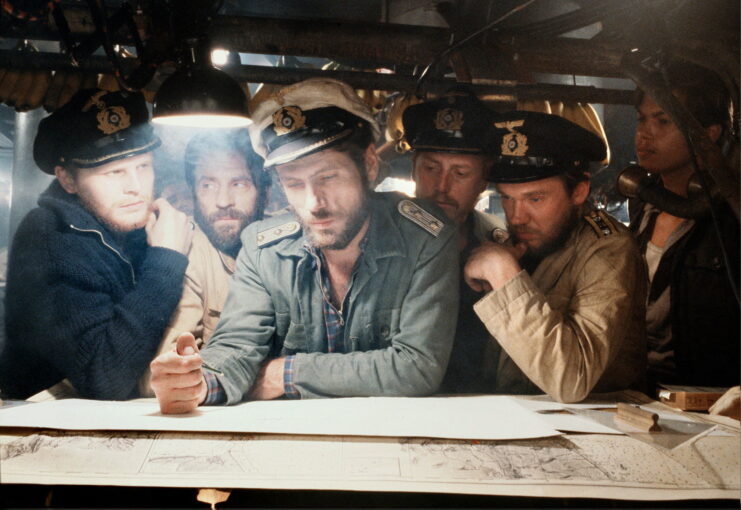
Now, you’re probably wondering what Lothar-Günther Buchheim thought of the film adaption of his book. As it turns out, he wasn’t too fond of the finished product, writing that director Wolfgang Petersen had turned his anti-war release into a “cheap, shallow American action flick” and a “contemporary German propaganda newsreel from World War II.”
More from us: Behind-the-Scenes Facts About the Popular WWII Film, ‘The Longest Day’
Ouch… Tell us how you really feel.
